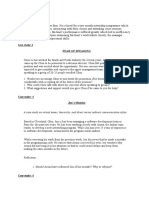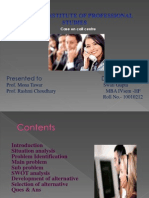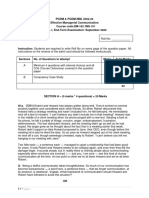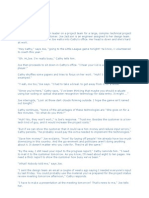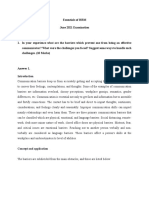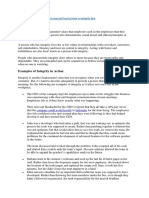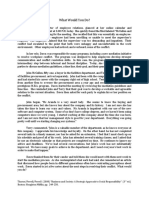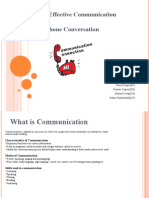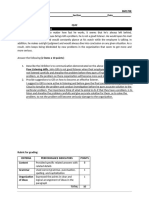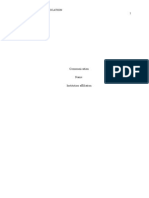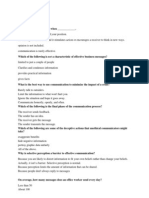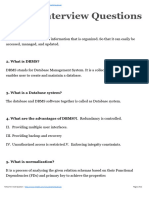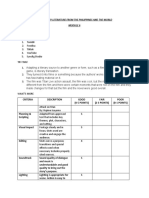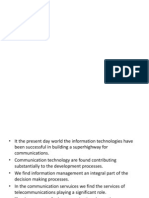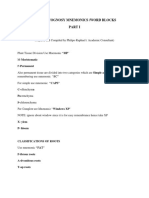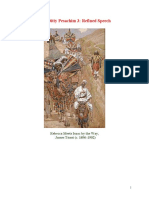0% found this document useful (0 votes)
18 views6 pagesManagerial Negotiations & Conducting Interviews
The document discusses two case studies related to managerial communication and conducting interviews. The first case analyzes a conversation between two managers, Saul and Latisha, about using an employee from Latisha's department. The communication could be improved by both parties actively listening, being open to compromise, and considering Saul's suggestion to have the employee work overtime.
The second case examines a teleconference interview where the recruiter poses a non-question to the candidate, Stacy Rollins. Placing oneself in Stacy's shoes, one should remain calm and ask questions to showcase their skills. The recruiter's objective was likely to test Stacy's communication skills. Teleconference interviews save time and money but make it harder to
Uploaded by
onesmusnzomo20Copyright
© © All Rights Reserved
We take content rights seriously. If you suspect this is your content, claim it here.
Available Formats
Download as DOCX, PDF, TXT or read online on Scribd
0% found this document useful (0 votes)
18 views6 pagesManagerial Negotiations & Conducting Interviews
The document discusses two case studies related to managerial communication and conducting interviews. The first case analyzes a conversation between two managers, Saul and Latisha, about using an employee from Latisha's department. The communication could be improved by both parties actively listening, being open to compromise, and considering Saul's suggestion to have the employee work overtime.
The second case examines a teleconference interview where the recruiter poses a non-question to the candidate, Stacy Rollins. Placing oneself in Stacy's shoes, one should remain calm and ask questions to showcase their skills. The recruiter's objective was likely to test Stacy's communication skills. Teleconference interviews save time and money but make it harder to
Uploaded by
onesmusnzomo20Copyright
© © All Rights Reserved
We take content rights seriously. If you suspect this is your content, claim it here.
Available Formats
Download as DOCX, PDF, TXT or read online on Scribd
/ 6

